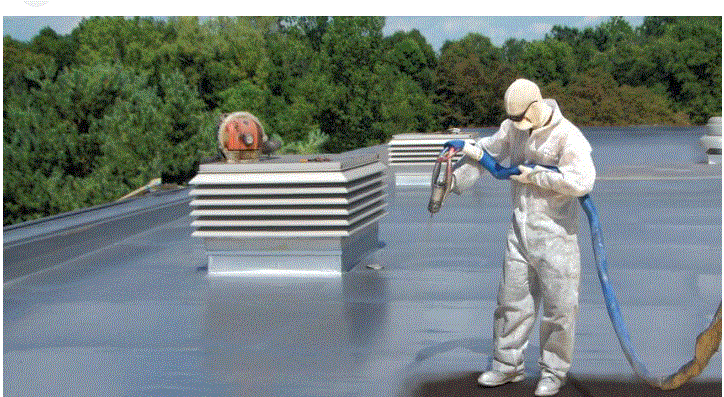Water damage can wreak havoc on a home, leading to costly repairs and significant headaches for homeowners. Whether it’s a leaky roof, a cracked foundation, or water seeping into basements, the consequences of inadequate waterproofing can be disastrous. Fortunately, with the right approach and a comprehensive checklist, homeowners can protect their investment and ensure their property remains dry and secure. In this guide, we’ll explore the essential steps every homeowner should take to waterproof their home effectively.
Inspect Your Roof Regularly:
Your roof is your first line of defense against water infiltration. Conduct regular inspections to check for missing or damaged shingles, cracked flashing, or any signs of wear and tear. Repair any issues promptly to prevent water from seeping into your home and causing damage to your ceilings, walls, and belongings.
Clear Gutters and Downspouts:
Clogged gutters and downspouts can prevent proper drainage and lead to water pooling around your home’s foundation. Construction Chemicals Clean gutters regularly, especially after storms, and ensure downspouts are directing water away from the foundation. Consider installing gutter guards to prevent debris buildup and minimize maintenance.
Seal Windows and Doors:
Leaky windows and doors are common culprits for water intrusion. Check for gaps and cracks around window frames and doorways, and seal them with weatherstripping or caulk as needed. Consider upgrading to energy-efficient windows and doors with proper sealing to improve insulation and reduce the risk of leaks.
Inspect and Maintain Exterior Walls:
Cracks in exterior walls can allow water to penetrate your home’s structure, leading to mold growth and structural damage. Inspect the exterior walls for any signs of cracking or deterioration, especially around windows, doors, and foundation joints. Seal cracks with waterproof sealant and repair any damaged siding or stucco promptly.
Protect Your Foundation:
A strong foundation is essential for a structurally sound home. Inspect your foundation regularly for cracks, shifts, or signs of water damage. Ensure that the ground slopes away from your home to promote proper drainage, and consider installing a foundation waterproofing membrane or drainage system to protect against groundwater intrusion.
Waterproof Basements and Crawlspaces:
Basements and crawlspaces are particularly vulnerable to water damage due to their below-grade location. Inspect these areas for signs of moisture, such as dampness, mold, or musty odors. Seal any cracks in the foundation walls or floor, and consider installing a sump pump or interior drainage system to manage groundwater effectively.
Maintain Landscaping:
Proper landscaping can help prevent water from pooling around your home’s foundation. Ensure that flower beds, shrubs, and trees are positioned away from the foundation and graded to slope away from the house. Use mulch to help retain moisture and prevent erosion, but avoid piling it against the foundation where it can trap moisture and promote rot.
Monitor Indoor Humidity Levels:
High indoor humidity can contribute to condensation, mold growth, and other moisture-related problems. Use a hygrometer to monitor indoor humidity levels and ensure they stay within the recommended range (ideally between 30% and 50%). Use exhaust fans in bathrooms and kitchens, and consider installing a dehumidifier in damp areas like basements and crawlspace.
Inspect Plumbing and Fixtures:
Leaky pipes, faucets, and appliances can cause water damage if left unchecked. Inspect plumbing fixtures regularly for signs of leaks or corrosion, and repair any issues promptly. Consider installing water leak detection devices or smart water shut-off valves for added protection and peace of mind.
Invest in Waterproofing Products and Systems:
There are numerous waterproofing products and systems available to help homeowners protect their homes from water damage. From waterproof sealants and coatings to exterior drainage systems and interior waterproofing membranes, investing in the right products and systems can provide an added layer of protection against moisture intrusion.
By following this ultimate waterproofing checklist, homeowners can take proactive steps to safeguard their homes against water damage and ensure their property remains dry and secure for years to come. Remember, prevention is key when it comes to waterproofing, so don’t wait until it’s too late—start protecting your home today.

